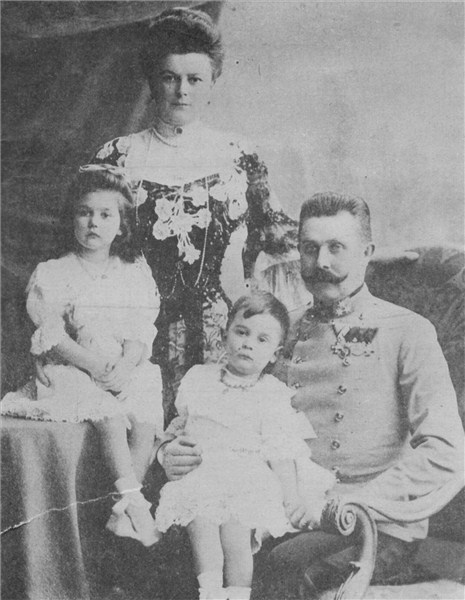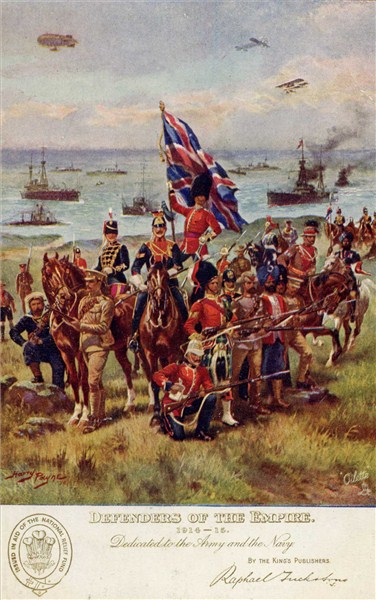Marking Advice: ICT Tasks
Mark Criteria Band/ Range
20-17
• Tasks are completed with consistent flair and originality, displaying an excellent understanding of the nature of historical research using the Internet.
• Tasks contain skilled analysis and evaluation of a wide range of relevant primary/ secondary, and written/ visual sources
• Tasks display excellent understanding, evaluation and analysis of the role of key historical features, issues, individuals, groups and events of WWI
• Uses a suitable wide range of historical terms and concepts
• Displays highly developed understanding of hardware/ software operations
• Excellent skills in using ICT to locate historical sources
• Sophisticated interactions with others through ICT
• Accurate referencing used in all submissions
Band 6
“A” range
16-14 • Tasks are completed with originality, displaying a sound understanding of the nature of historical research using the Internet.
• Tasks contain sound analysis and some evaluation of a range of relevant primary/ secondary, and written/ visual sources
• Tasks display good understanding and some analysis of the role of key historical features, issues, individuals, groups and events of WWI
• Uses a suitable range of historical terms and concepts
• Displays developed understanding of hardware/ software operations
• Sound skills in using ICT to locate historical sources
• Sound interactions with others through ICT
• Mostly accurate referencing used in submissions
Band 5
“B” range
12-10 • Tasks are completed with some originality, displaying some understanding of the nature of historical research using the Internet.
• Tasks contain some analysis of adequate primary/ secondary, and written/ visual sources
• Tasks display some understanding and description of the role of key historical features, issues, individuals, groups and events of WWI
• Uses some historical terms and concepts
• Displays some understanding of hardware/ software operations
• Sound skills in using ICT to locate historical sources
• Inconsistent interactions with others through ICT
• Mostly accurate referencing used in submissions
Band 4
“C” range
9-7 • Tasks are completed with some originality, but display little understanding of historical research.
• Tasks contain attempts to analyse primary/ secondary, and written/ visual sources
• Tasks display some understanding and description of the role of key historical features, issues, individuals, groups and events of WWI
• Uses few historical terms and concepts
• Displays some understanding of hardware/ software operations
• Developing skills in using ICT to locate historical sources
• Little interaction with others through ICT
• Inconsistent referencing used in submissions Band 3
“D” range
6-4 • Tasks are completed but display little understanding of historical research.
• Tasks contain few attempts to analyse primary/ secondary, and written/ visual sources
• Tasks display descriptions of the role of key historical features, issues, individuals, groups and events of WWI
• Uses an inadequate range of historical terms and concepts
• Displays limited understanding of hardware/ software operations
• Limited skills in using ICT to locate historical sources
• No interaction with others through ICT
• Incomplete or inadequate referencing used in submissions Band 2
“E” range
3-0 • Seriously incomplete assignment or non-submit Band 1
Marking Advice: PowerPoint Presentations
Mark Criteria Band/ Range
20-17
• Presentation is designed with consistent flair and originality, is uncluttered and uses a highly effective variety of features such as sound, pictures and animation
• Presentation uses a wide range of relevant primary/ secondary, and written/ visual sources
• Uses a suitable wide range of historical terms and concepts to explain the relevance of sources to the chosen focus
• Oral component: Excellent diction and pace.
• Excellent audience interaction
• Highly relevant spoken content
Band 6
“A” range
16-14 • Presentation is designed with originality, is fairly uncluttered and uses an effective range of features such as sound, pictures and animation
• Presentation uses a range of relevant primary/ secondary, and written/ visual sources
• Uses a suitable wide range of historical terms and concepts to explain the relevance of sources to the chosen focus
• Oral component: Good diction and pace
• Good audience interaction
• Relevant spoken content, although may repeat information on slides.
Band 5
“B” range
12-10 • Presentation is designed with some originality, is mostly uncluttered and uses a mostly adequate number of features such as sound, pictures and animation
• Presentation uses some primary/ secondary sources
• Uses a range of historical terms and concepts to describe the relevance of sources to the chosen focus but is unable to sustain the explanation
• Oral component: inconsistent diction and pace
• Some audience interaction.
• Spoken content relies heavily on slide information.
Band 4
“C” range
9-7
• Presentation is designed with some originality, but may be cluttered and uses few features of sound, pictures and animation
• Presentation uses few primary/ secondary sources
• Uses some historical terms and concepts to describe the relevance of some sources to the chosen focus
• Oral component: clarity may be inadequate, pace too fast/ slow
• Little audience interaction
• Repeats slide information. Band 3
“D” range
6-4 • Presentation is inadequate, may be cluttered, uses too little or too many features of sound, pictures and animation
• Presentation uses little or no historical sources
• Uses an inadequate range of historical terms and concepts to describe some relevance of some sources to the chosen focus
• Oral component: poor diction and inappropriate pace.
• No audience interaction
• Repeats slide information Band 2
“E” range
3-0 • Seriously incomplete assignment or non-submit Band 1




